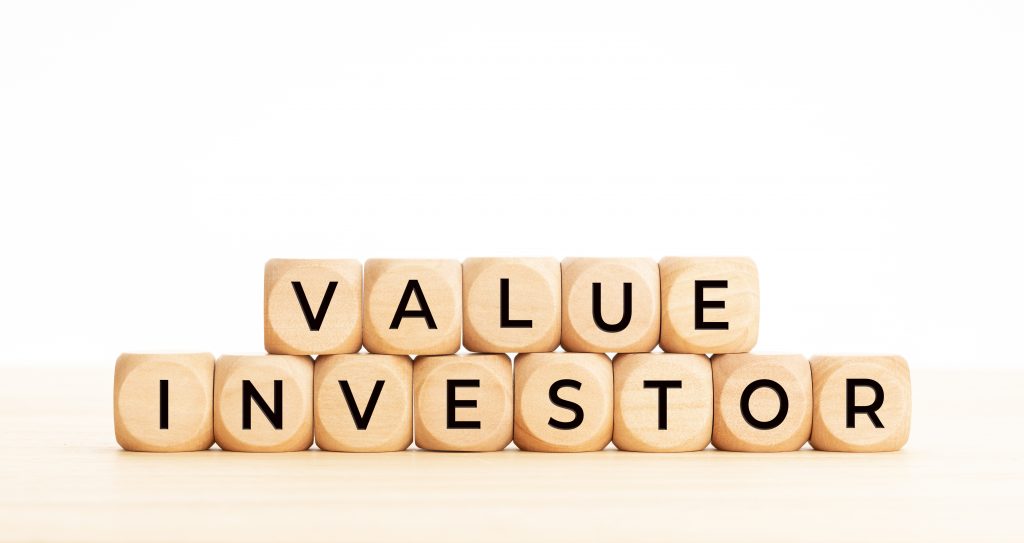Mergers and acquisitions involve complex agreements and deal structures that present organizational challenges. One of the keys to creating value from an acquisition is to integrate the two companies in a way that creates organizational efficiencies and makes it easy for people to do business with trading partners. Often businesses work with M&A consultants or technology partners with experience in the M&A process to ensure success in using best practices.
Best practises and phasing of transactions.
The merger & acquisition process is very complex, yet can be broken down into four phases: due diligence, agreement, integration, and value attainment. While the M&A lifecycle may contain four phases, it is critical for organizations to understand that all four phases are interconnected, and that each stage presents unique challenges and opportunities.
A. Due Diligence Phase
Due diligence is the first step in a successful M&A project that involves intense analysis of the target firm to determine if the business is a good investment and if so, how to structure the transaction and determine the cost. The due diligence process should assess every aspect of the business from intellectual property and technology to human resources and finances.
To highlight the interconnectedness of M&A, it may be a prudent practise to evaluate the important business sections like global IT integration activities during due diligence. For example, during the due diligence phase, the company that is acquiring or merging with another needs to determine if mission critical ERP systems can be merged to effectively integrate the two organizations. A deep investigation into the affairs of the targeted business will confirm that presented facts are true and will reduce potential post-transactional risk.
B. Agreement Phase
The agreement phase centers on the terms and conditions for the M&A. It involves a detailed plan that includes processes and strategies for change management, inventory assessment, organizational design, and communications. Here are five best practices that we would offer for the agreement phase:
1 Gain Organizational Understanding
Many M&A events are the result of synergies between companies that have differing, complimentary assets. Some companies have distributed business processes, others are more centralized. It is important, as part of a best practise, to understand the regional variability in organizational structures and processes, and equally important to understand how each party organizes and manages master data such as customer information, locations, and products.
2 Choose the Correct Blueprint
M&A is a revolutionary step, not evolutionary, and requires an understanding of the impact to people and processes. A change in management framework needs to be developed, so that it is achievable, but it is best, as part of the best practises, if this transformational event is swift and decisive in order to build confidence.
3 Plan Effectively
Each merger, acquisition, and/or divestiture must create its own blueprint with detailed plans for integration and execution. Clean teams are traditionally leveraged to provide much of this early stage planning, but it is critical to solicit input from integration leads during the agreement stage to ensure buy-in during the integration phase.
4 Capture Inventory
In order to attain cost savings, companies need to focus on simplifying their IT architecture. A detailed inventory of systems, applications, vendors, and architectures should be taken to understand integrational capabilities. Information may be buried in multiple databases while customer files may appear in disparate systems—all of this needs to be reconciled. The merging of these technologies is complex and many applications may overlap so they need combing through to determine which system to keep and which to eliminate. Areas of improvement and solutions that should be retired need to be identified.
5 Develop Communication Plans
During an M&A, communication is critical, yet information is not always known or readily available. Trading partners and employees may not understand how they will be impacted or their roles in the integration process, and communication kits should be assembled to address this concern. Communication kits for customers must articulate the key benefits that the merger will have on their relationship, such as a broadened portfolio, cost improvements and ease of doing business. Communication kits for employees should communicate the who, what, why, and when of the merger, and also emphasize opportunities for career development. Organizations need to develop a communication plan to deliver the best available information in a timely fashion.
C. Integration Phase
The integration phase involves change management, vendor selection, evaluating improvements, schedule visibility, and resource investment.
1 Manage Change Effectively
This phase, too, starts with change management, but the rate of change is greatly accelerated. Different business units or product lines may be folded during the merger. Having a consistent, disciplined approach to handling change and evaluating change recommendations will play an important role in the successful transition. Without control of the change process, costs and risks cannot be effectively managed.
2 Encourage Vendor Competition
In order to attain cost reductions, reimagining the IT architecture is critical. The next step in the integration/execution phase is vendor selection/consolidation. Allow vendors to compete for the business. The goal of the merged/acquired company is to reduce the vendor/systems footprint while seeking opportunities for improvement, and the trusted vendors who have intimate knowledge of your business and supporting systems will shine if given the opportunity.
3 Evaluate Improvement Opportunities
During an M&A, many opportunities for business process improvements may present themselves. All improvement opportunities should be evaluated, and those with the most promise diligently pursued, as opposed to simply replicating existing capabilities.
4 Ensure Schedule Visibility
Timelines are typically of paramount importance in the scope/schedule/cost project management triangle of a merger & acquisition. Technology vendors may not be involved in the overall planning of the integration, but they should be given visibility as to how the tasks are developing. Proper reporting and sharing of information with vendors will greatly improve the likelihood of success and vendors can be challenged to fill gaps within the new technology architecture.
5 Invest Adequately
Managing and achieving cost reductions, even as unpredictable events within the integration phase, are commonplace. Throwing bodies at a problem does not solve it; it complicates matters. Actions need to be undertaken to ensure all integration activities have the proper amount of investment. All proposed changes, large or small, need to enter a clearly defined change control process.
Value Attainment
M&A activity provides transformational value. It reduces costs within operations, creates operational efficiencies to maximize asset value by optimizing people, processes, and technologies, and enhances revenue opportunities. M&A allows companies to access a wider customer base and increase market share by gaining new customers or markets previously out of reach. A business with top leaders or employees with exceptional skills and knowledge of the industry will boost performance.
State-of-the-art facilities, as a one of the best practices, can be attained through an M&A, helping businesses to speed efficiencies and productivity. For companies struggling in one area of the country or in a particular market, acquiring a target business to address these areas will help with expansion and growth. Some businesses acquire other businesses to take advantage of the technology they offer, allowing the new entity to have additional offerings to sell.
If an organization has a successful track record of delivering on the divestiture or acquisition of assets, those companies will receive preferential deal terms in future M&A as the market will trust their ability to execute successfully. Developing competency in M&A is becoming critical in the current business environment, so it is important to work with an experienced partner that uses bets practices and has helped transition many businesses through M&A.
About the Author
Steve Daigle is Director of Customer Solutions, North America, at Elemica. Elemica is the product of several mergers and acquisitions. Read the full article on this location.


